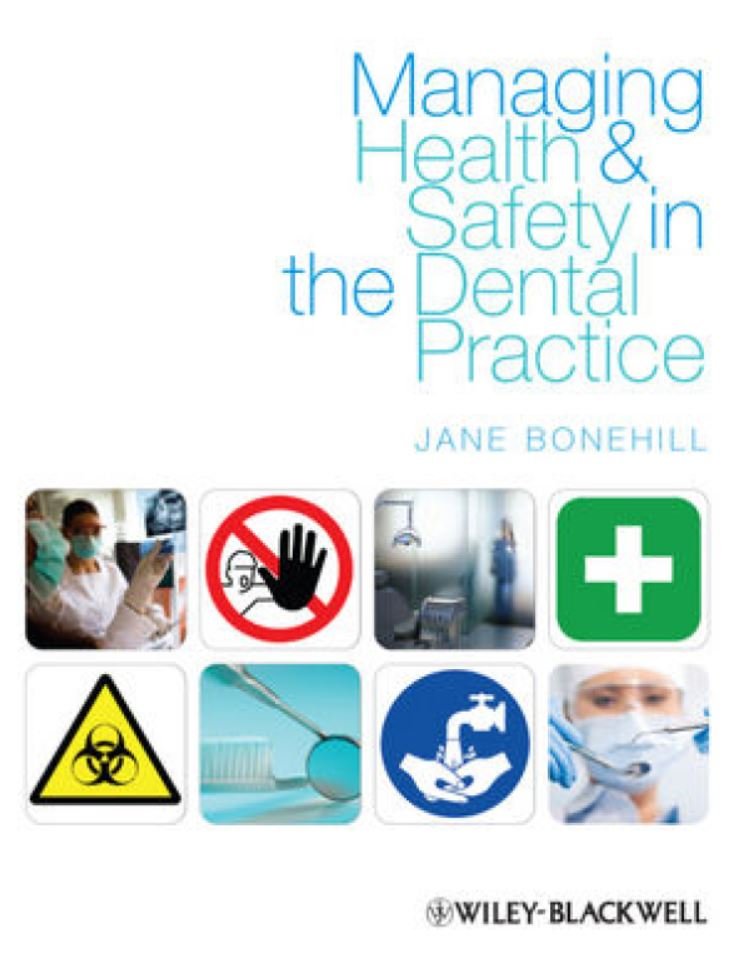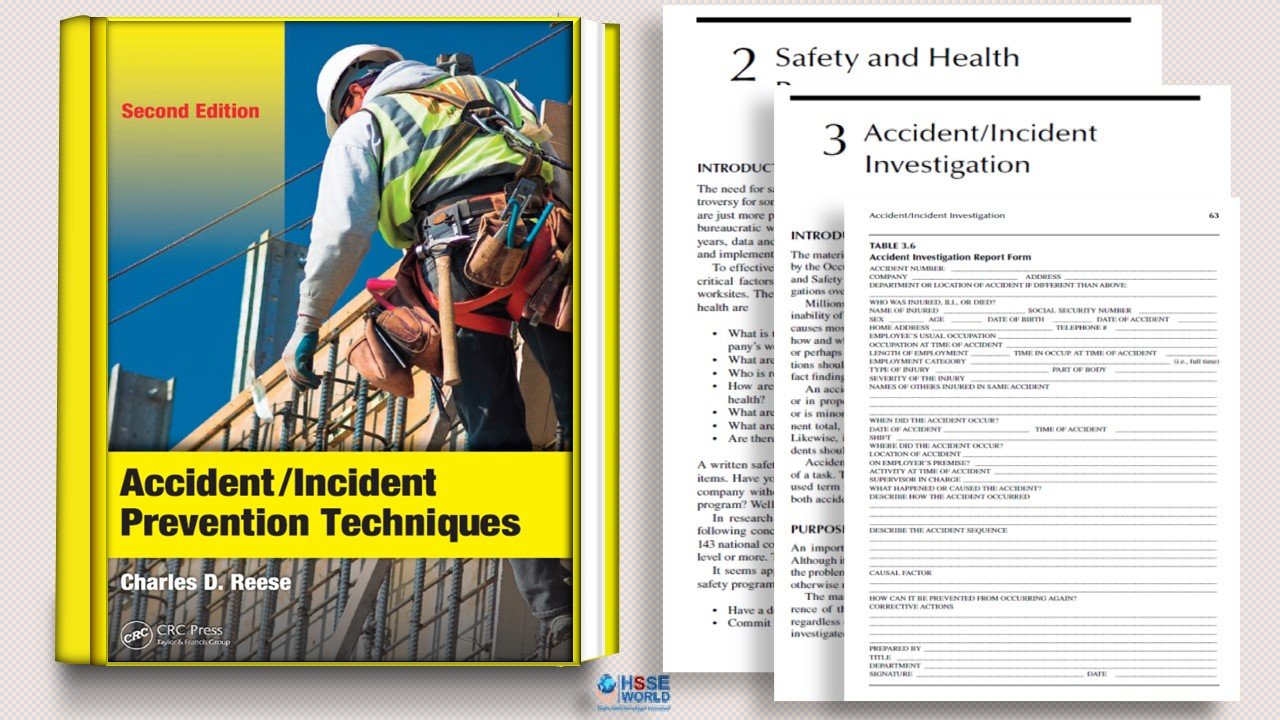Biohazards are materials or human waste that cause infections or diseases. If you work in areas with wastewater, medical waste, or live sewer lines, for example, you should assume that all surfaces are contaminated.

Alberto’s Story
Alberto was repairing a sewer line. He was not wearing waterproof gloves and some of the sewage got on his hands. A few days later, he noticed a cut on his hand that was red and sore. He went to the doctor and learned that he had a serious infection probably caused by raw sewage.
- What should Alberto have done to protect himself from the contaminants?
- Have you experienced an incident with raw sewage or potentially infectious material? If so, what happened?
Remember this:
- Avoid direct contact with sewage.
- Wash your hands well to prevent spreading contaminants.
- Clean, treat, and report any cuts or wounds right away. They could be infected.
- Use liquid-proof gloves, boots, and face protection when you will have direct contact with sewage. Use a face shield if there might be splashing.
- Keep contaminated gloves, boots, face protection, and other equipment away from areas where food is eaten or stored.
- For pipeline and other inspections, use remote-controlled robotic cameras to minimize human exposure.
- Remove contaminated clothing at the site, if possible. A full decontamination process at the site may be necessary.
- Wash clothing at a high temperature (at least 160ºF) to destroy all germs.
Avoid direct contact with sewage. Use liquid-proof gloves, boots, and face protection if you will have direct contact with raw sewage. Use a face shield if you might get splashed.
Wash your hands well to prevent spreading contaminants. Clean, treat and report any cuts or wounds immediately because they could be infected.
Keep contaminated gloves, boots, face protection, and other equipment away from areas where food is eaten or stored.
Download
More Toolbox Talks
- Tool Box Talk: Rough Terrain Fork Truck Scaffolds
- Tool Box Talk: Don’t Let Chemicals Get to You
- Tool Box Talk: Hand Grinder Safety
- Tool Box Talk: Lockout and Tagging
- Tool Box Talk: Winter Driving Safety Tips
- Tool Box Talk: Working Around Heavy Equipment
- Tool Box Talk: Rotary Hammers-Hammer Drills
- Tool Box Talk: Carbon Monoxide Poisoning
- Tool Box Talk: Boom Truck Safety
- Tool Box Talk: Biohazard Safety
- Tool Box Talk: Asphalt Fumes: Roofing Operations
- Tool Box Talk: Arc Welding and Fire Safety
- Tool Box Talk: Aerogel Nanoporous Insulation Products
- Tool Box Talk: Aerial Lift Safety
- Tool Box Talk: Heart Risks: AEDs and CPR in the Workplace
- Tool Box Talk: Oil Spill Response
- Tool Box Talk: Pneumatic tools
- Tool Box Talk: Hydraulic Excavators: Lifting with Slings
- Tool Box Talk: Hearing Protection
- Tool Box Talk: Shift Work Dangers
- Tool Box Talk: Excavation
- Tool Box Talk: Hazardous Chemicals- Four Routes of Entry
- Tool Box Talk: Basic Electrical
- Tool Box Talk: Securing a construction Site
- Death of Oregon forestry worker prompts new toolbox talk



